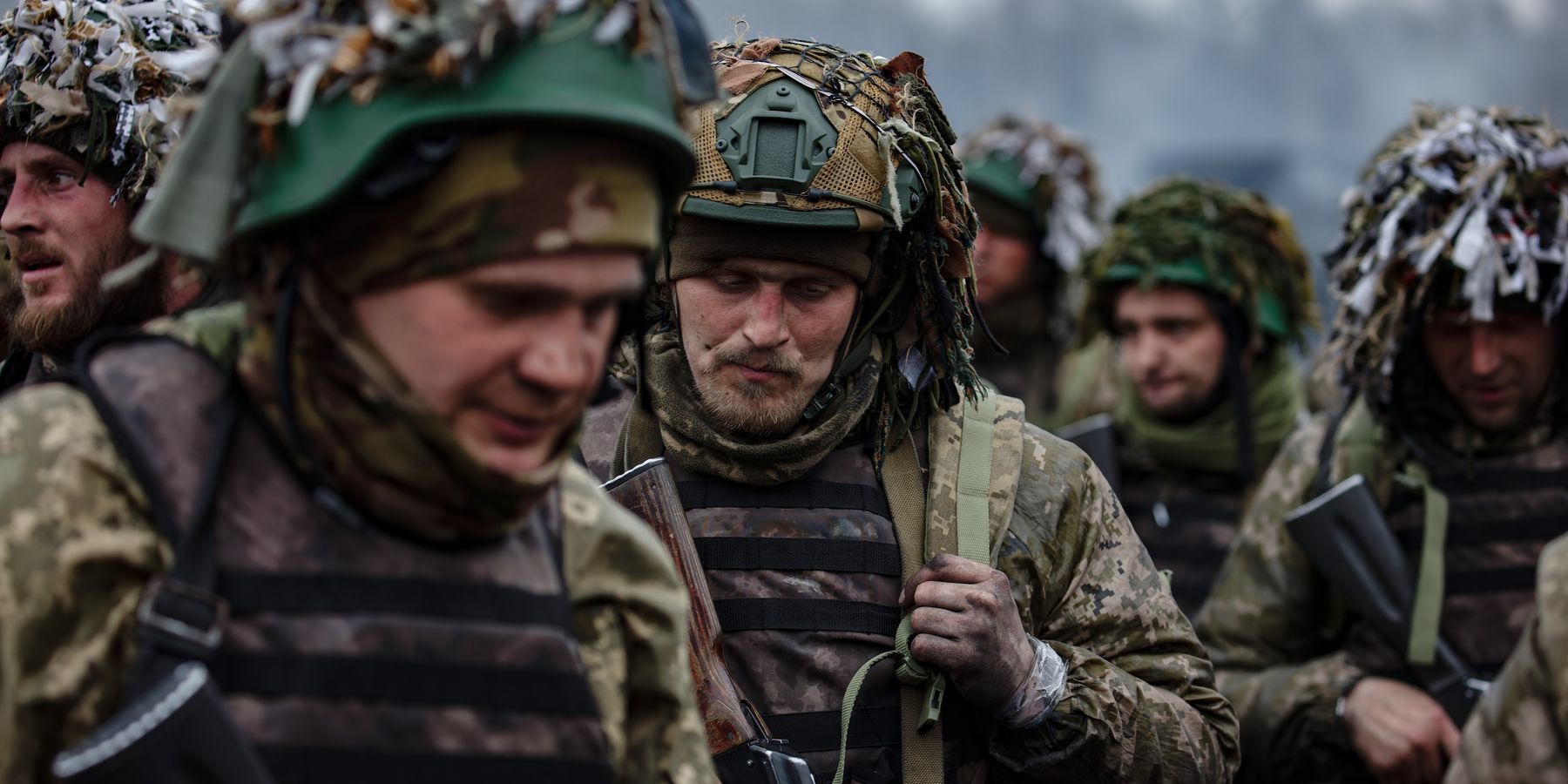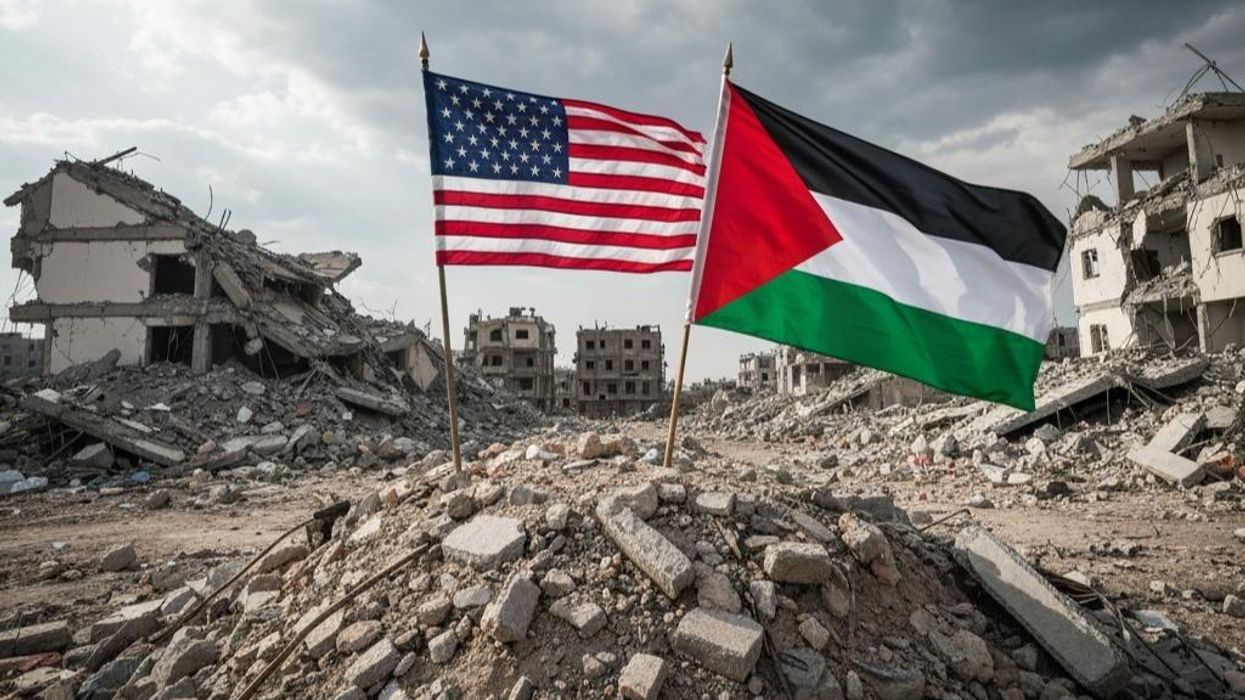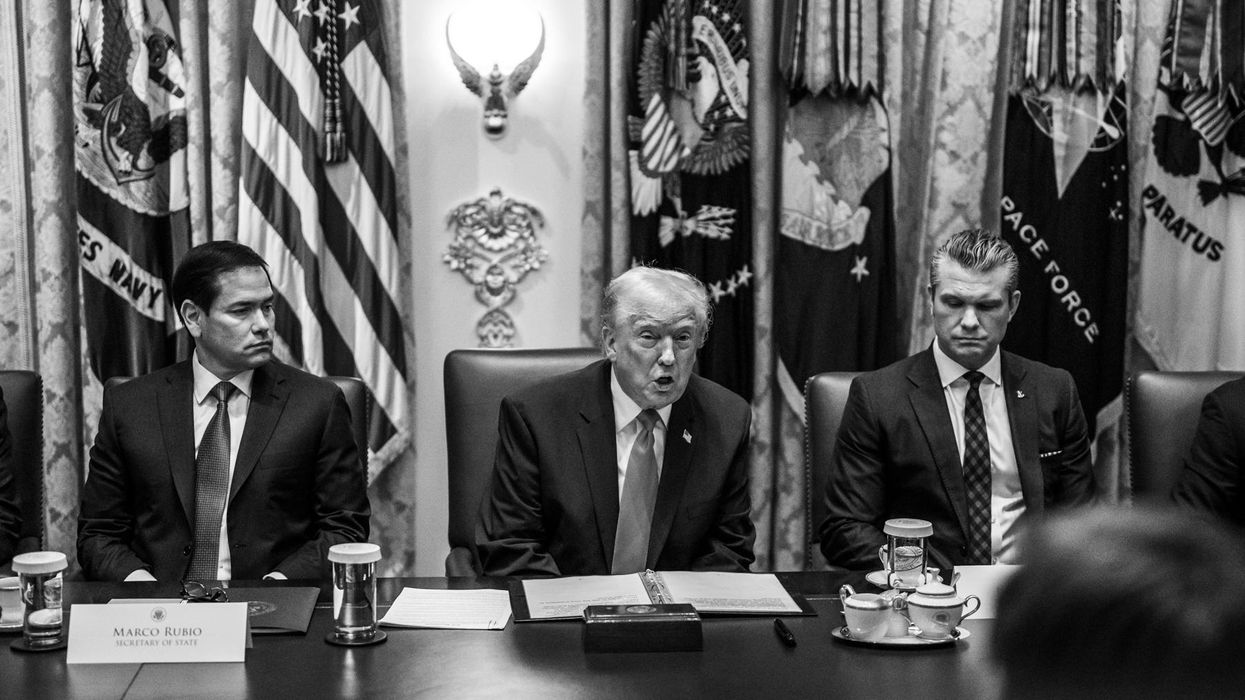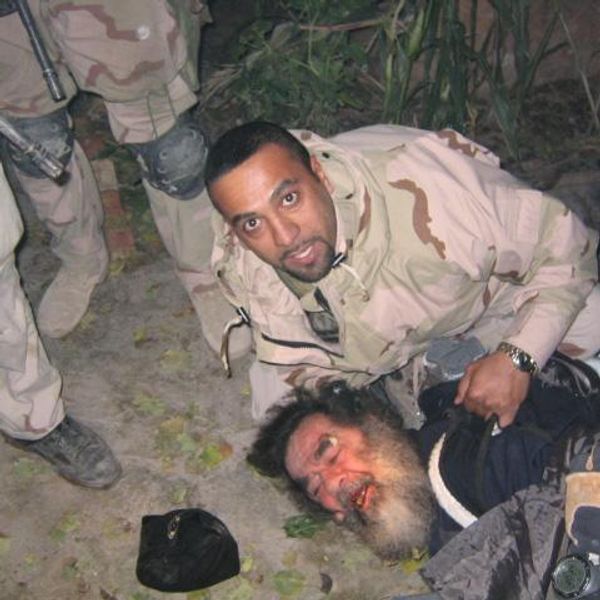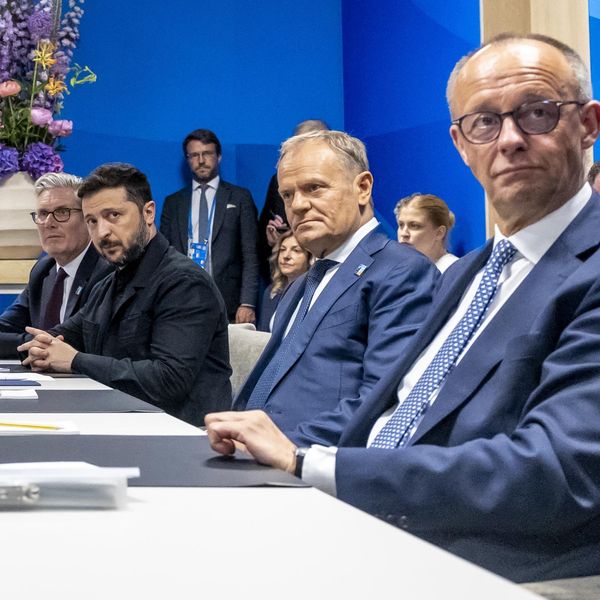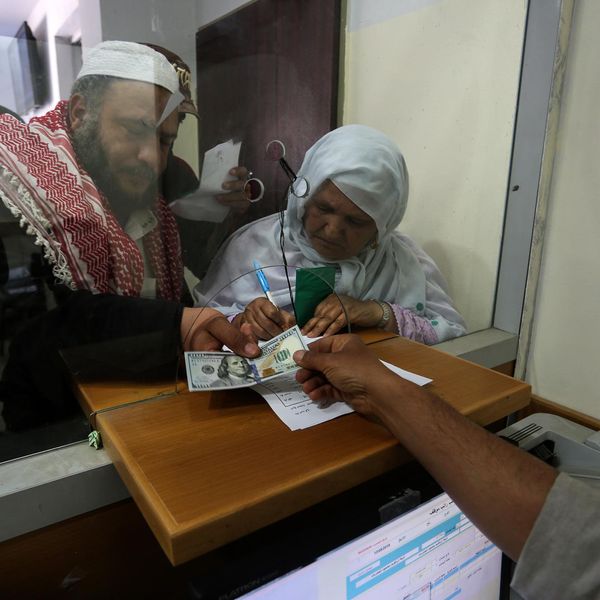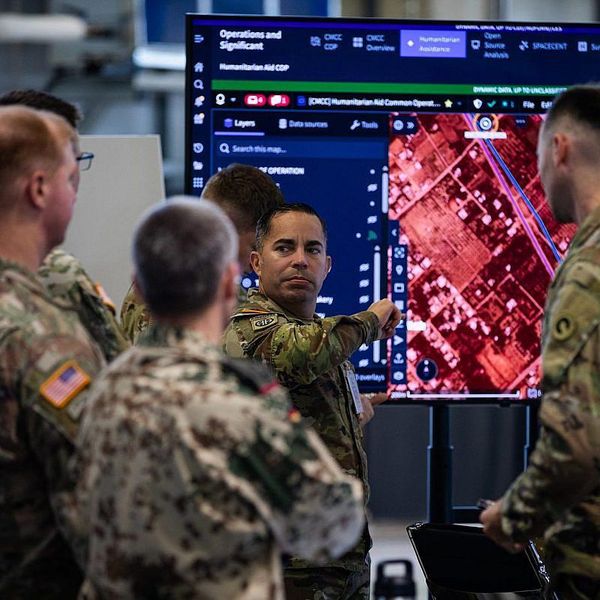The election of U.S. President Donald Trump changed U.S. policy toward Ukraine from “as long as it takes” to seeking a negotiated peace settlement. These negotiations will be driven by the battlefield reality. The side holding the biggest advantage gets to dictate the terms. This gets more complicated if there is no ceasefire during the negotiations and the battlefield remains dynamic. Belligerents may conduct offensive operations while negotiations are progressing to improve their bargaining position. Historically in many conflicts, peace negotiations lasted years, even as the war raged on, such as during the Korean and Vietnam wars. Thus, the balance of power, measured in resources, losses and quality of strategic leadership are critical to the outcome of negotiations.
For Western powers, this carries serious consequences. They have staked their reputation on this conflict and with it, the fate of the rules-based world order. The Global South and the multipolar world order is waiting in the wings to take over. Failure to achieve victory has the potential to fatally undermine that order and remove the West from global leadership, which it has enjoyed for the last several centuries.
The Nature of the Russia-Ukraine War of 2022
The war in Ukraine is now attritional. These types of wars are won not by capturing terrain, but by careful management of resources, preserving one’s own while destroying the enemy’s. The exchange rate of losses must not only be favorable to one side, but it must also account for the total reserves available to the enemy. The path to victory lies in the ability to replace losses while fielding new forces and sustaining the civilian economy and morale. Replacing losses isn’t simply putting men into uniforms and providing basic training. Army units must be collectively trained at multiple levels, which drives the unit cohesion. The more cohesive a unit is, the more complex maneuvers it can execute. Losing too many soldiers resets the unit cohesion until it's incapable of any maneuver except defending a trench.
For this war, terrain is far less important. Fighting is often centered on the same patch of ground with only a little movement until one side is no longer able to sustain the conflict. The Spanish Civil War and World War I are prime examples. These wars were mostly stationary right up to the last moment when one side capitulated. The Ukrainian war is running along the same trajectory.
Strategic leadership is vital because it guides the resource management of the conflict. Failure to identify strategic goals and wasting resources on irrelevant objectives causes the odds of victory slip away. Below is a brief summary of each side’s resource losses and capacity to maintain the conflict to date.
Military conditions of Russian forces
Once the initial blitzkrieg failed to deliver regime change in Kyiv in the first two months, Russian political and military leadership appears to have grasped the attritional nature of the conflict and the importance of preserving resources. They have gone out of their way to preserve their combat capabilities and on three occasions in 2022—at Kyiv, Kharkiv and Kherson—gave up land to save soldiers. These defeats were public relations nightmares, but they preserved experienced soldiers, who were used to form the core of the new army.
Russia appears to be able to replace its losses and still grow the size of its army. According to Mediazona and BBC’s Russian service, the Russian army appears to have suffered a total of slightly over 98,000 dead. This number only includes killed Russian soldiers identified by name and the real number is likely to be much higher. Mediazona itself estimates that the real number is about 165,000. At the same time they also do not count the losses of pro-Russian separatists, so another 20,000 needs to be added to the number, for a rough total of 120,000. This currently averages to about 3,600 dead per month. Historically, for every dead there are four wounded, so another 452,000 wounded needs to be added to the Russian count, which equates to a monthly loss of 14,400 or 18,000 total. However, the same data indicates that out of these, three quarters usually return to duty (RTD) after treatment. To break it down, Russian forces are suffering 7,200 permanent losses and 10,800 RTD per month. At the same time, Russians are recruiting 30,000 volunteers a month, plus the wounded who have recovered. This translates into growth of 24,000 soldiers every month, including RTD. Even if Russian losses are double what Mediazona was able to count, the Russian army is still expanding. Added to this number is a limited force of about 10,000-12,000 North Korea soldiers, who were deployed to help Russian forces drive Ukrainian forces out of Russia’s Kursk region. Russia also has force generation to its advantage. It still has a mandatory draft at 18. Although conscripts are not allowed to be sent into combat outside Russia’s borders, the system provides a year of basic training to every qualified male in Russia. When a Russian volunteers or is mobilized, he only needs a few months of individual refresher and collective training. Ukrainian soldiers must be trained from scratch. This gives Russia a massive advantage in forming new units. The challenge would come if volunteers ran out, as there is very little political appetite in the country for another round of mobilization.
To equip this army, Russians have been developing their military industrial base for the last decade, plus they have received support from North Korea and Iran. This allows the Russian Army to equip most of the new formations. At the same time, periodic rotations have allowed units to absorb replacement while retaining experienced soldiers. This translates into the Russian army today numbering about 1.5 million trained, equipped forces, which even the Pentagon has acknowledged to have successfully recovered from initial losses.
Where the Russian army is weak is its general office corps at operational level. There is a “good old boy” system in the Russian army that does not hold incompetent officers accountable. While many are competent, corruption and lying is tolerated from those who are not. On the battlefield, this often results in commanders falsely claiming to capture objectives. They then launch an assault, without the benefit of firepower provided by higher echelons, to make false reports a reality, usually failing with heavy casualties. Yet even when these officers are caught by Russian military bloggers and the public pressures the Russian Ministry of Defense (MOD) to act, the perpetrators not only escape punishment, but are sometimes promoted to save face by the MOD. In contrast, when competent officers bring up serious issues at the front, they are punished. One example is Maj. Gen. Ivan Popov, the former commander of the 58th Army, who stopped the Ukrainian army’s Zaporizhzhia counteroffensive and is currently under arrest on what look like drummed up charges. These kinds of situations likely doubled the casualty rate inside the Russian Army, expending valuable resources in a self-inflicting wound.
Military conditions of Ukrainian forces
My view is that the Ukrainian senior political leadership has spent too much time trying to attain public relations objectives at a significant cost to military operations.1 The tremendous losses of resources, especially human, have significantly depleted Ukraine’s combat capability and places long term combat potential at risk. This is doubly challenging because Ukraine started out with fewer resources. Russia has three times the population of Ukraine, and in the case of artillery ammunition, it vastly outproduces not only Ukraine, but the entire West by a ratio of three to one.
The pattern of holding on to cities after they became indefensible or attacking even when there was no chance of success was visible across all operations, but two battles stood out the most. The first was the battle of Bakhmut in Ukraine’s Donetsk region from 2022 to 2023. The city had little operational, much less strategic value, in my view. Yet Ukrainian leadership insisted on holding the city to the bitter end. The Russian military used Wagner PMC, augmented by convicts, to assault the city, giving the Russian regular army time to absorb mobilized reservists and establish new formations. To stop them, Ukraine fed a steady stream of men into the city, many of them with little training. The life expectancy of the average Ukrainian soldier dropped to about four hours, according to former U.S. Marine Troy Offenbecker, who fought on the Ukrainian side. It is impossible to say how many died, but a Western journalist counted 250 wounded in one hospital over one day. There were three hospitals in Bakhmut, another in Soledar to the north and one in Chasiv Yar handling casualties south of the city. Using this data point, an average of 1,250 daily wounded can be extrapolated. The ratio of four wounded to one dead gives 312 dead a day for a range of 200 and 400 daily dead, with some reports putting surges to 500 fatalities a day. The battle lasted eight months, for a range of 48,000 to 96,000 Ukrainian dead. By contrast, over the same period, Russians lost about 1,800 PMC soldiers and 11,000 convicts, a 13,000 total. This is in line with the one to three exchange rate that Yevgeny Prigozhin, head of Wagner, claimed in a May 2023 interview. There is no military justification for such loss ratio over one town, especially since there is more defensible terrain behind the city. The only explanation is that Ukrainian President Volodymyr Zelenskyy made Bakhmut into a national symbol after giving the flag signed by Bakhmut defenders with much fanfare to the U.S. Congress and did not want to deal with the optics of losing this symbol. For this, at least 48,000 Ukrainians died, and the city fell anyway.
Later in 2023, at alleged British urging, Ukrainian senior leadership committed their Marine Corps into the most questionable operation yet: the battle of Krinki. The operation had zero chance of success, in my view. To achieve operational objectives and breakout toward Crimea, Ukraine would have had to capture a large bridge head and eventually push artillery on the other side of the river, which requires large quantities of heavy ammunition. To move it across the river, Ukrainians would need bridges over Dnipro, which would be immediately destroyed by robust Russian long-range fire. Ukrainians crossed the river anyway, and for the first month, managed to inflict heavy losses on Russian counterattacks, but afterward, the Russians dug in for a siege, and it was the Ukrainians’ turn for losses. Ukrainian resupply, replacements and casualty evacuation had to be carried out over the exposed Dnipro River, while Russians had the cover of the forests. The result was a deeply lobsided casualty ratio. By the time Ukraine finally called off the operation many months later, the Ukrainian Marine Corps was wiped out, along with two brigades’ worth of artillery. While the operation generated positive media in the West, it is impossible to militarily justify this colossal waste of men and resources.
The Ukrainian army has had some successes where military objective was put first. The Kharkiv offensive was masterfully planned and executed. The careful planning and preparation allowed the Ukrainian army to achieve the element of surprise, which was rapidly exploited.
Ukraine’s total losses are hard to assess. The Jamestown Foundation estimated that Ukraine had mobilized 2 million men back in July 2023, and the number should be approaching 3 million by now. Most estimates place the Ukrainian fielded army at about 1 million men, while Zelenskyy claimed to be fielding 880,000. The official Ukrainian losses of 43,000 are unrealistic in the light of previous numbers. For a more realistic estimate, the “Antiseptic” Telegram channel has one of the few databases that compare current and prewar satellite photos of select Ukrainian cemeteries. The limited nature of cemeteries may result in undercounting; for example, the city of Kharkiv has multiple cemeteries, but only cemetery #18 was surveyed. Soldiers buried in other city cemeteries are not counted. The chart below averages out the percent of prewar population lost by locality and then compares it to the total population of Ukraine. The final estimate is about 769,000 dead, and based on historical data, likely another 769,000 wounded who will never recover enough to go back to the front.
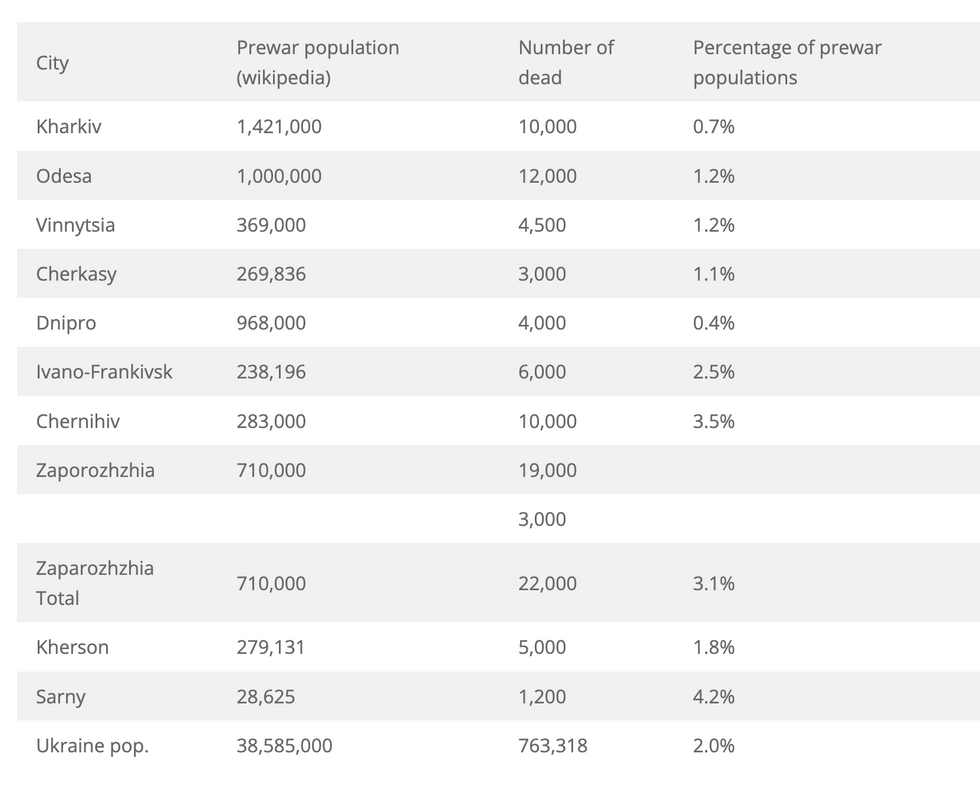
This matches the Jamestown Foundation’s estimate. Some 1.5 million are permanent losses, another 400,000-600,000 wounded recovering in hospitals, leaving 1 million to 800,000 still in the field.
This loss rate means that Ukraine is running out of trained, motivated formations. The problem was exacerbated by the Ukrainian political leadership’s decision to set up new formations instead of replacing losses in existing experienced units. As older formations lost their experienced personnel and combat effectiveness, new formations took extra casualties before they could gain enough experience to be useful. Ukrainians are seeking to change this, but it may be too late. The. experienced soldiers are replaced by men captured on the streets, who have no desire to fight. Last year, 100,000 Ukrainian soldiers deserted. The newly formed 155th Brigade lost over 1,700 of 6,000 men to desertion before it reached the front line. Without a miraculous source of experienced, motivated combat soldiers, the Ukrainian army may collapse in the next six to 12 months. Drafting 18-25 year olds will buy time, but it won’t solve the problem of motivation.
Equipment is also running out. The West, whose military support is keeping Ukraine in the fight, appears to have emptied out its equipment storage, and there is little left to give. Some Western governments have even stripped their own armies of equipment, and are currently non-mission capable. The same situation exists with long-range fires. The West appears to be out of all missiles except German Taurus. These are unlikely to make an impact where Storm Shadows failed.
The one place where Ukraine had been able to equip its forces is the drone warfare. These drones are having disproportionate military impact. FPV drones have essentially kept Ukraine alive for the last year. However, Russians have just as many, likely more, simply due to a larger industrial base and almost unrestricted imports from China. The balance between electronic warfare defense and attacking drones has been shifting back and forth for a while, but lately Russians have gained a clear edge with fiber cable drones, which can’t be jammed. Ukraine has the technology but does not appear to produce in sufficient numbers to match the Russians.
With mounting manpower and equipment shortfalls, it is difficult to see how Ukraine can hold on without the direct intervention of Western, and specifically U.S., forces. Especially with Ukrainian political leadership continuing to prioritize PR instead of military objectives.
For the West, all this carries strategic risk. Western global leadership rested on economic, military and soft power. Economic power is already shaken. Using Power Purchase Parity (PPP) GDP, which measures a nation’s total output instead of the monetary value of its economy, it’s clear that two out of three top global economies are unaligned Asian countries, not Western powers. Russia follows at number four, ahead of Japan and Germany. Western powers, especially their leaders, have staked much of their reputations and accepted economic sacrifices to win this war. A military defeat of Ukraine at Russian hands despite Western support would undermine both the military and soft power aspects of the liberal world order. The latter is already shaken by the Western response to the conflict in Gaza. The result would be the collapse of Western leadership and the replacement of the liberal world order by something else. It is difficult to determine the shape of the new world order, but the transition period is likely to be disruptive and violent as countries around the world realize that a military solution is back on the menu. It would also jeopardize the role of the U.S. dollar in global trade, whose weaponization has spooked many nations into seeking alternative paths. As U.S. Secretary of State Marco Rubio said, “in five years … we won’t have the ability to sanction” as countries find ways around the dollar. This could help to explain why Trump’s team is so keen to end the war in Ukraine.
Conclusion
As of right now, Ukraine still holds cards at the negotiating table. Its army is still in the field, contesting every meter of ground. But time is running out for the Ukrainians. Ukraine has significant problems with manpower. The balance of power is shifting in Russia’s favor, and at some point, Ukrainians will start facing the collapse of the front. This outcome is more likely given the negative trend in decision making by Ukrainian political leadership. Unless they begin to conserve combat power, collapse is growing more likely. Ukraine needs a ceasefire now to gain breathing room for restoring its combat power and improving its standing at the peace negotiations.
The Russians are in the opposite situation. Russian advantages in manpower and equipment are growing. Russia is fielding an equivalent of two new divisions a month. Battlefield conditions and growing combat power mean that they are unlikely to accept any ceasefire until final peace terms are agreed, something they have already made clear. They are also likely to stretch out the negotiation process to improve their battlefield position. Time is on their side, and unless peace can be agreed to now, they are on a path to victory which could have devastating political and economic consequences for the rest of Europe.
Western powers have staked the liberal world order on the outcome of this war. Negotiated peace on Russian terms today would be bad, but betting on an unlikely improvement in battlefield conditions and losing would be far worse. The U.S. appears to be taking the former path, with Secretary of Defense Pete Hegseth signaling to the Russians that the U.S. is serious about negotiations by taking Ukrainian NATO membership off the table. The EU, however, chose the latter path by promising support as long as it takes and to negotiate from a “position of strength,” not realizing that strength is measured in combat and industrial power, not bold statements. The current trends on the battlefield are more supportive of the U.S. position. It gives the U.S. a chance to contain the fallout from the Ukrainian war to Europe and to preserve its global leadership, especially the dominant role of the U.S. dollar.
With the U.S. increasingly seeing the war as a liability, Ukraine’s negotiating position is at risk of unraveling. Even with U.S. support, Ukraine’s battlefield position is deteriorating. Without U.S. support, Ukraine’s chances of battlefield collapse are vastly higher, even with continued EU aid. Right now, Russians are demanding Crimea and four of Ukraine’s oblasts, a ban on Ukraine entering NATO and the EU and guaranteed rights for Russian-speakers. These demands are for regions where the Russian army already controls 60% or more of the territory. Should Ukraine collapse, the Russian army will surge forward, pushing the line of contact deeper into Ukraine and terms can get worse. There is a good chance that Russia will go for all of Novorossiya, adding Kharkiv, Odesa, Mykolaiv, Poltava and Dnipropetrovsk oblasts to its demands, as well as referendums on succession in Trans Carpathia, and if the political climate in Romania is favorable, for Northern Bukovina, and other Romanian-speaking areas as well, buying off select NATO members with territories to split the unity of alliance. This will reduce Ukraine to a landlocked rump state based around Kyiv, Chernihiv and Lviv.
The real question is: Can Ukraine gain an acceptable, if bitter, peace now, or will it keep fighting, risking a military collapse and a far worse Russian dictate later?
This article was republished with permission from Russia Matters
- Rubio: Trump ready to walk away from Ukraine peace talks ›
- The danger of downplaying the Ukrainian battlefield toll ›

